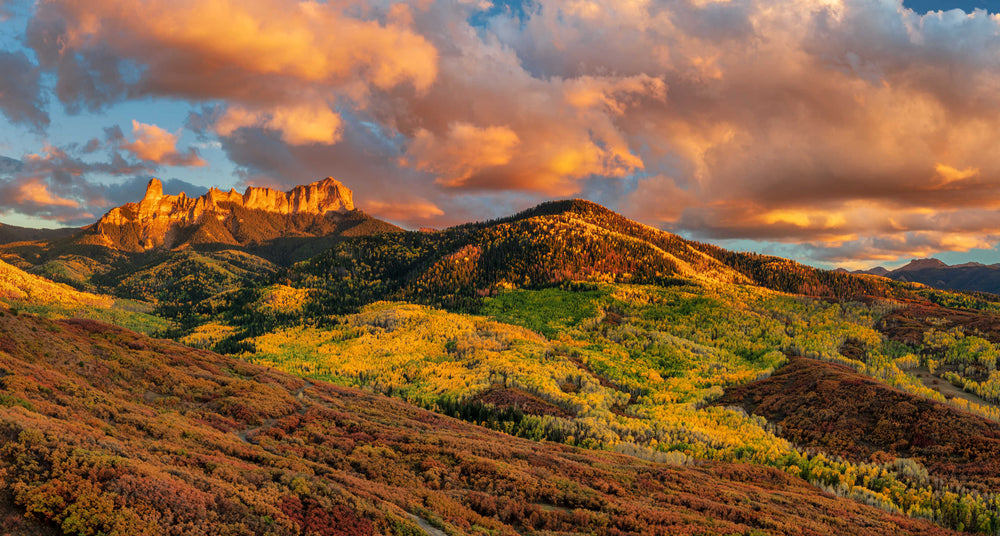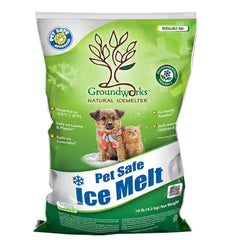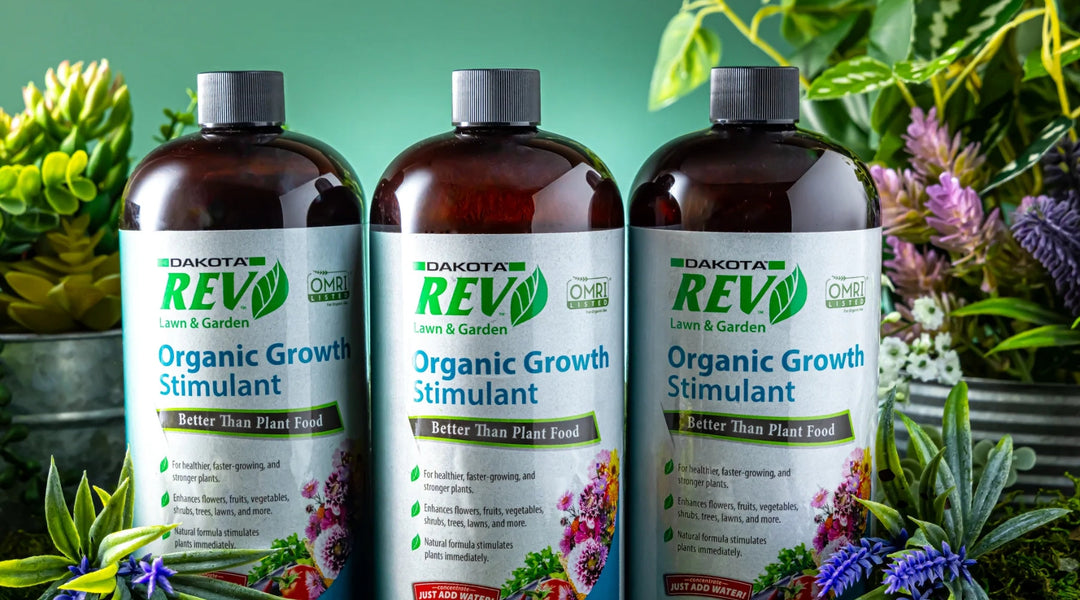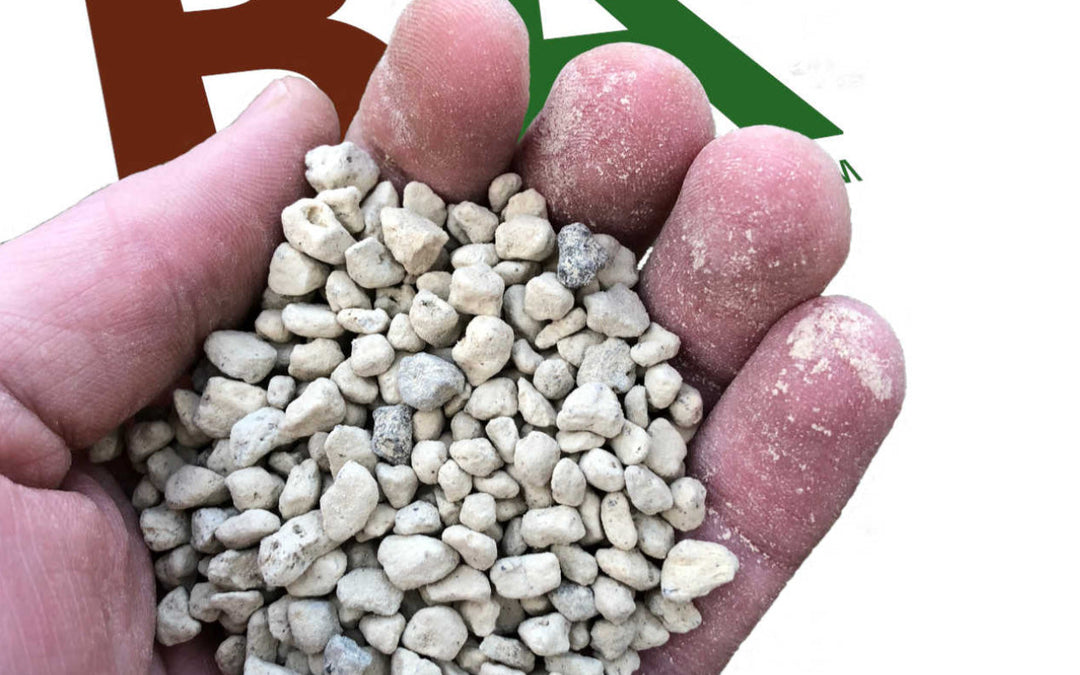Why Should You Opt for Eco-Friendly Ice Melts?
As the weather begins to change and the days get shorter, our thoughts turn to keeping warm. And as we all know, there's nothing like a good old-fashioned winter ice storm to do the trick. But while many of us are bundling up and hunkering down, did you know that your outdoor ice melt could be putting our water supply at risk?
That's right - those seemingly harmless bags of rock salt or calcium chloride can kill fish and other aquatic life when they leach into waterways. So, what's a responsible homeowner or business owner to do? Luckily, there are eco-friendly alternatives to traditional ice melt that won't damage our environment. Keep reading for some tips on how to stay safe and green this winter!
Ice Melts and the Protection of Our Water Supply
The negative effects of rock salt on the environment have been well documented, from causing drinking water contamination to destroying aquatic ecosystems. In one research study, Dr. Andrea Kirkwood at Ontario Tech University states, “It doesn't take much dissolved salt to make water harmful for many aquatic organisms; one teaspoon (about five grams) of chloride in a typical large cooler jug is enough."
The United States has done studies and is working on solutions to manage this problem. The salt gets into our water system through several direct or indirect ways; once it's in, there is no way for us to remove the excess chemicals that build up over time - these can be very problematic if they're located near natural ponds which require regular watering due to their slow turnover rate (such as an artificial pond). To address this environmental issue, XYNYTH Manufacturing has developed three products that are ideal:
How are Natural Ice Melts Good for the Environment?
Natural ice melts are fertilizer-based, making them an excellent alternative for eco-sensitive areas since they will feed the plants with potassium chloride, which ultimately means less sodium chloride getting into water supplies. This also makes them a great choice around waterways because urea is not present in these formulas!
What Sets Winter Warrior Runway Control Ice Melt Apart?
The new Winter Warrior Runway Control takes it a step further. This innovative solution is completely chloride-free and urea free, meaning it can be used around both fish as well aquatic life without any risk or harm!
XYNYTH’s engineers designed this product using only federally approved materials that are safe for human contact but won't compromise water quality or ecosystems like other products on shelves now do. This makes the versatile product ideal not just during chilly winter months when you may need them most (especially if your dog loves playing outdoors) but year-round.
Why Environmentally Friendly Ice Melts?
In a perfect world, the green choice would be the only choice. The reality is that distributors and end-users are forced to weigh the pros and cons of their purchase choices constantly: If I spend now, will I save later? Is it worth the money to be green? Does it work as well?
Fortunately, there are ways to make eco-friendly choices without breaking the bank. For example, many eco-friendly products are now available at major retailers. And in many cases, the cost of an eco-friendly product is comparable to its traditional counterpart. As more and more consumers demand eco-friendly products, it is likely that the cost will continue to decline. So, next time you’re making a purchase, don’t be afraid to go green!
Are Eco-Friendly Ice Melts Affordable?
When it comes to making eco-friendly choices, the cost is often a deciding factor. Customers want to know that they are getting the best value for their money, and sometimes the green option seems like it might be too expensive.
XYNYTH Manufacturing Corp. is committed to changing that perception. They have been working for more than two decades to develop environmentally friendly products that are also cost-effective. Their goal is to provide customers with options that make it easy and affordable to choose the green option. With so many different eco-friendly products on the market, XYNYTH is proud to be able to offer high-quality options at a price that everyone can afford.
What’s the Difference Between Traditional Salt Ice Melts and Eco-Friendly Ice Melts
Environmentally friendly ice melt products have been on the market for years, but only recently have they become more widely available and affordable. Eco-friendly ice melts are made from natural materials like calcium carbonate, magnesium chloride, and potassium chloride, which are all safe for the environment. Traditional salt products, on the other hand, are made from sodium chloride, which is not only harmful to vegetation and soil but also ends up in our waterways, where it can damage ecosystems.
In addition to being better for the environment, eco-friendly ice melt products are also safer for pets and children. So, if you're looking for a way to justify spending more on your winter needs, eco-friendly ice melt is the way to go!
Is Rock Salt Really Toxic?
Rock salt (sodium chloride: NaCl) is one of the most-used deicing agents. It is relatively cheap and effective at lowering the freezing point of water, making it useful for clearing ice from roads and sidewalks. However, rock salt can also cause several serious side effects.
When rock salt encounters soils or vegetation, it can cause deterioration and even death. Animals and birds that ingest rock salt can also be seriously harmed, and the increase in salinity caused by rock salt can disrupt the delicate balance of aquatic ecosystems. In addition, rock salt can contaminate drinking water sources, making them unsafe for human consumption. As a result, rock salt should be used with caution and only when necessary.
The widespread use of rock salt has serious environmental and financial consequences. Consider the millions of tons of road salt spread each winter across the continent. This rock salt can find its way into groundwater, contaminating drinking water supplies. In some areas, rock salt emissions have even been linked to increases in respiratory problems such as asthma.
Damage Caused by Road Salt
Soil Damage:

Did you know that Sodium Chloride concentrations of 200 mg/l can be found as far as 656 feet from roadsides? At only 90 mg/l, concentrations of salt have been shown to harm the bacterial content of soils, which disrupts soil structures. These bacteria prevent erosion by aerating soils and promoting plant growth. Soil becomes cloddy and dense, and the ability to retain moisture is diminished. So not only does road salt make it hard for plants to grow, but it also increases the chances of soil erosion.
Tree Damage:
Road salt has a direct impact on roadside trees, causing stunted growth, browning and premature falling of leaves or needles, dying branches, and shortened lives. Of the 15 principal tree genera making up Canadian forests, 11 are sensitive to road salt, and many of these have disappeared from Canadian roadsides altogether.
Many North American trees are salt-sensitive, including maples (Acer), birches (Betula), ash (Fraxinus), willows (Salix), as well as fruit trees such as apples (Malus) and cherries (Prunus).
Minimizing Damage Caused by Road Salt

Road deicing salt does not discriminate between good guys and bad guys. The impact of road salt goes way beyond the roadside and can be found in our waterways, where it is deadly to fish eggs and freshwater macroinvertebrates. Community care must take place to reduce the impact of road salt.
Proactive Steps to Take to Reduce the Impact of Road Salt
- Spreading awareness through public outreach
- Changing attitudes toward the use of salt
- Monitoring the impact on roadside vegetation
- Planting salt-tolerant and native plants
- Using less salty ice melts when air temperatures are expected to stay above freezing
- Focusing on replacement of critical systems before they fail
- Maintenance planning to avoid applying ice melts more often than what is absolutely necessary
- Salting late in the evening or at night when temperatures are falling to minimize the impact
- Sweeping up spilled road salt and storing it in a dry place for next season rather than applying it to the ground cover where it will eventually find its way into surface or groundwater supplies
By taking these steps, we can all do our part to reduce the impact of road salt on our environment.
It's time to put down the rock salt and pick up a more environmentally friendly ice melt this winter. Luckily, there are plenty of options on the market that will do the trick without damaging our waterways. So, before you head out to buy your deicing supplies, be sure to check out some of our favorite eco-friendly ice melts. And don't forget - always read the label to make sure you're getting the product that's right for your needs!









Leave a comment